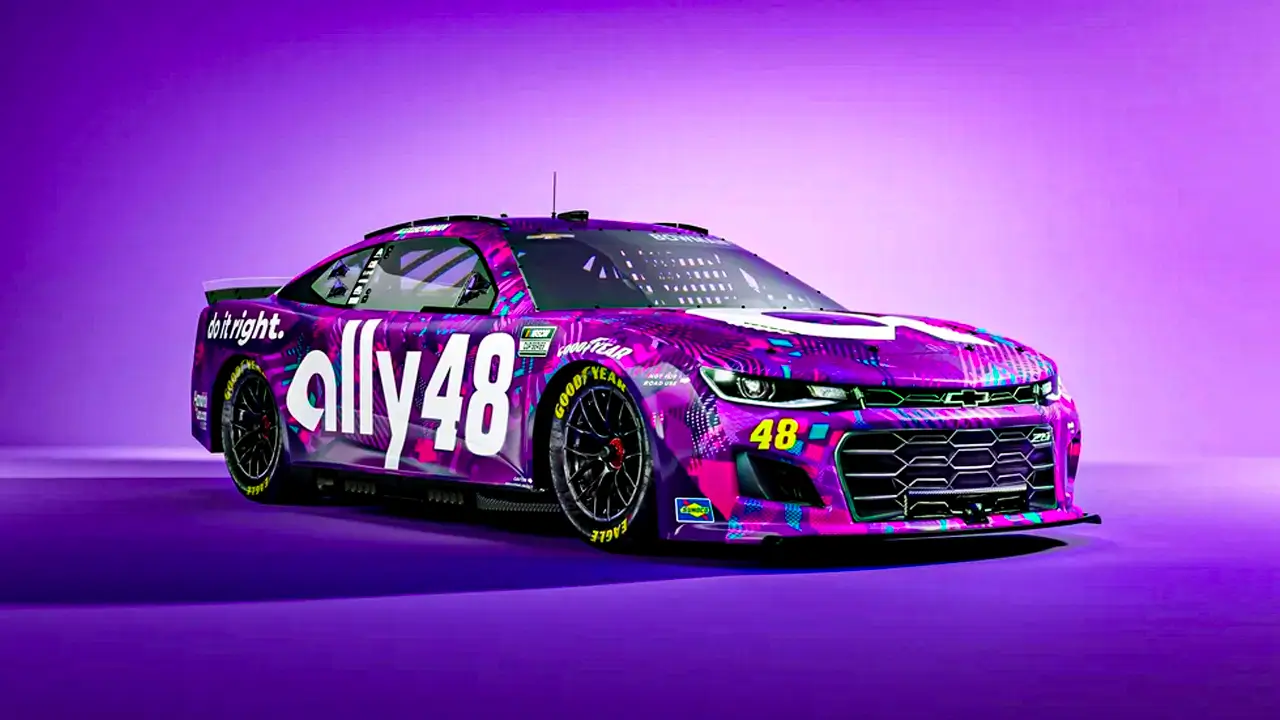Innovation in the automotive design industry frequently results from a willingness to push boundaries, especially when it comes to design and color. Unconventional color schemes and creative design are not only fashion statements; they also represent a larger trend in the automotive industry toward individualization and strong messages. These components improve the driving experience and communicate uniqueness in addition to being aesthetically pleasing.
The Development of Automobile Design
In the last few decades, there has been a major change in automotive design. In the beginning, the main priorities were safety and functionality, with aesthetics coming in second. However as competition in the car industry has grown, automakers have realized that design is a key factor in consumer decision-making. More experimental methods of designing automobiles have been prompted by the growth of brand identification and the desire for distinction.
Today’s automakers are experimenting with non-traditional lines, forms, and shapes to produce cars that are unique. The aim to defy established design conventions and appeal to a new generation of car purchasers who value uniqueness and creativity is what’s driving this trend. In order to subvert the traditional car profile, designers are experimenting with asymmetrical shapes, dynamic lines, and strong geometries. Vehicles can create a distinctive visual identity and draw attention by including non-traditional design elements like aggressive grilles, floating roofs, and elaborate light schemes.
Innovations in Out-of-the-Box Design
A number of recent developments in car design demonstrate the sector’s shift toward more experimental methods. Designers are now able to explore new possibilities thanks to the usage of cutting-edge materials and technologies. For instance, complex and previously unachievable forms and structures are now possible because of 3D printing and material composites. As a result, automobiles that transcend conventional manufacturing limits have been created with intricate geometry and distinctive surface textures.
Autonomous and electric cars are at the forefront of innovative design. These vehicles lessen the requirement for conventional engine compartments and driver-centric layouts, giving designers more leeway to experiment with unusual designs. This has led to the creation of futuristic designs that are distinguished by streamlined, smooth forms and expansive glass roofs that increase the feeling of openness and environmental integration.
Furthermore, the way that automobiles are designed is changing how drivers interact with them thanks to the use of augmented reality and digital displays. Customizable lighting conditions, dynamic displays, and touchscreen controls are now standard equipment inside cars, making driving a more engaging and unique experience. This change aims to make the atmosphere for the driver and passengers more intuitive and engaging in addition to improving aesthetic appeal.
The Effects of Color and Design on Brand Recognition
The establishment and reinforcement of a brand’s identity heavily relies on design and color. Car manufacturers may increase brand recognition and set their vehicles apart from the competition with a unique design language and color scheme. A McLaren’s use of distinctive, vivid colors helps communicate its high-performance attitude, whilst Lexus’s muscular posture and iconic grille make it instantly identifiable.
Color and design are frequently employed in the luxury and high-performance markets to imply exclusivity and prominence. Limited-edition cars with custom paint jobs and distinctive design cues make them seem rare and appealing to buyers looking for a one-of-a-kind car. This tactic improves the car’s appeal while solidifying the brand’s place in the marketplace.
Conclusion
The use of color and unconventional design in automobiles is an interesting development in the sector. By pushing the limits of traditional automotive aesthetics, producers, and designers are not only producing visually arresting cars but also promoting a closer bond between drivers and their vehicles. A wider tendency towards individualism and personalization is seen in the emphasis on striking designs and distinctive color palettes, which enable automobile customers to express their tastes and sense of style through their choice of vehicle.
Future-focused technical developments and the aim to build vehicles that are both practical and aesthetically pleasing will undoubtedly fuel innovation in automobile design. The future generation of cars will surely be significantly influenced by the investigation of unusual designs and color schemes, providing new avenues for people to express themselves and have more customized driving experiences.
